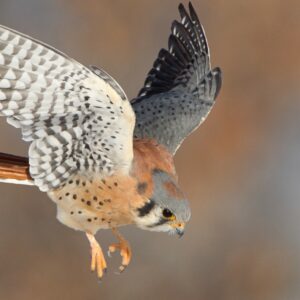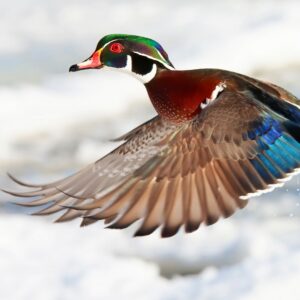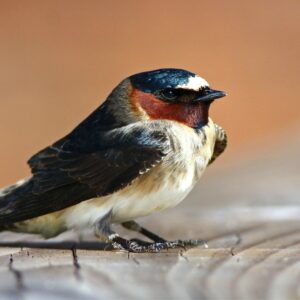Joint Review Panels Declares Economy Trumps Environment
[three_fourth]The long awaited Report of the Joint Review Panel on Shell Canada’s Jackpine Mine Expansion Project was released this week. Despite acknowledging that the project would cause significant and long-term adverse environmental impacts on biodiversity, wetlands, species at risk, migratory birds, wildlife, and indigenous culture, the Panel approved the project.
From the report:
“The Panel also concludes that the Project, in combination with other existing, approved, and planned projects, would likely have significant adverse cumulative environmental effects on wetlands; traditional plant potential areas; old-growth forests; wetland-reliant species at risk and migratory birds; old-growth forest-reliant species at risk and migratory birds; caribou; biodiversity; and Aboriginal traditional land use (TLU), rights, and culture. Further, there is a lack of proposed mitigation measures that have proven to be effective with respect to identified significant adverse cumulative environmental effects.”
However, in spite of the adverse effects for wildlife and people in the area, the Panel approved the project because of “significant economic benefits for the region, Alberta, and Canada.” Furthermore, the Panel considers these negative effects “to be justified and that the Project is in the public interest.”
In October 2012, Nature Canada expressed its concerns to the Joint Review Panel noting in particular the threat of tailings ponds to migrating Whooping Cranes, the permanent loss of wetland and old growth habitat and its impact on many declining or threatened species of birds such as Olive-sided Flycatcher, Canada Warbler and Yellow Rail, and the lack of evidence that reclamation is effective in restoring biodiversity.
For the Whooping Crane, a loss of just a few members of its population can have devastating effects. Due to its small population size, the Panel found there would be significant negative effects on the species if some birds were to mistake the project’s tailings ponds for a safe place to land.
The Panel also recognized that old-growth forest habitat has “high biodiversity value and that the loss of this habitat in the RSA will negatively affect wildlife that are old-growth forest specialists, many of which are species at risk (e.g., Canada warbler and woodland caribou).”
Only a few paragraphs of the Panel’s 413 page decision addressed or described the economic benefits that justify the project, while most of the Panel’s report describes how the project will result in severe and, in many cases, irreversible harm to the environment and indigenous cultures. Clearly the facts do not support the conclusion.
For the full report, please visit http://www.ceaa-acee.gc.ca/050/document-eng.cfm?document=90874
[/three_fourth][one_fourth_last]
[/one_fourth_last]




